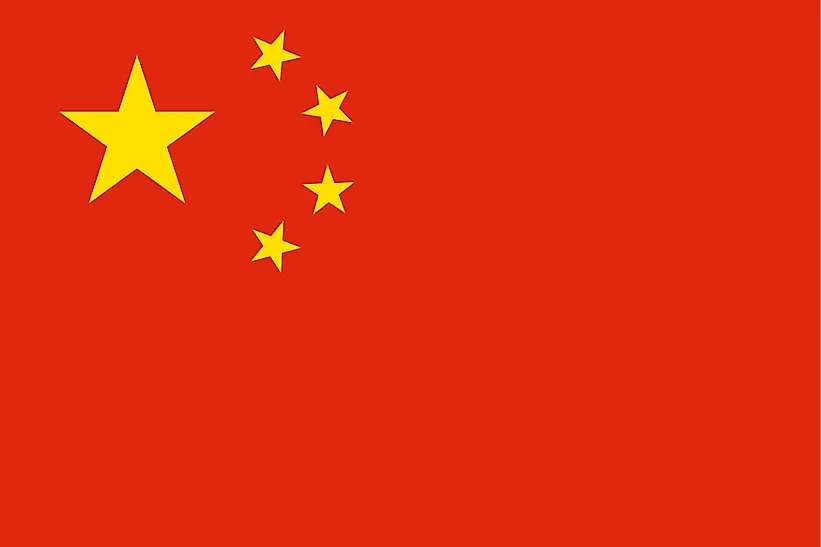
China
| Continent | Asia |
| Capital | Beijing |
| Population | 1,373,541,278 |
| GDP | $21.10 Trillion |
| GDP per Capita | $14,600 |
| Dialing Code | +86 |
| ISO Code (2-letter) | CN |
| ISO Code (3-letter) | CHN |
China Landscapes






About China
Welcome to China, a nation that seamlessly blends five thousand years of history with cutting-edge innovation. With approximately 1.4 billion people occupying 9.6 million square kilometers, China is the world’s most populous country and one of its largest by land area. From the Great Wall to high-speed trains, from traditional medicine to artificial intelligence, China represents a unique fusion of ancient wisdom and modern ambition.
Geographic Features and Natural Beauty
China’s geography encompasses an extraordinary range of landscapes, from the world’s highest plateau (Tibet) to tropical islands, from vast deserts to lush forests. The country spans five major climate zones, creating remarkable biodiversity and varied ecosystems.
The Himalayas and Tibetan Plateau form the “Roof of the World” in the southwest, while the Taklamakan and Gobi deserts stretch across the northwest. The Yangtze and Yellow Rivers, often called China’s “mother rivers,” have nurtured Chinese civilization for millennia.
The karst landscapes of Guilin, the rainbow mountains of Zhangye, and the dramatic peaks of Zhangjiajie showcase China’s stunning natural beauty. The country’s coastline stretches over 14,500 kilometers, featuring diverse marine ecosystems and beautiful beaches.
Cultural Heritage and Traditions
Chinese culture represents one of the world’s oldest continuous civilizations, with influences spanning literature, art, music, cuisine, and philosophy. Traditional concepts like harmony between humans and nature, respect for elders, and the importance of family continue to shape modern Chinese society.
The country’s artistic traditions include calligraphy, traditional painting, pottery, and silk crafts. Chinese cuisine, with its eight major culinary traditions, has influenced food culture worldwide. Traditional festivals like Spring Festival (Chinese New Year) and Mid-Autumn Festival remain important cultural celebrations.
Chinese medicine, martial arts (wushu), and practices like tai chi and qigong represent unique contributions to global cultural heritage. The Chinese language, with its beautiful characters and tonal system, embodies thousands of years of cultural evolution.
Historical Journey
China’s history spans from ancient dynasties through the imperial period to modern times. The country’s innovations, including papermaking, gunpowder, the compass, and printing, have significantly influenced world history.
After the century of humiliation and civil conflicts, the People’s Republic of China was established in 1949. Since the reform and opening-up policy initiated in 1978, China has undergone remarkable economic transformation, becoming the world’s second-largest economy.
Modern Economic Landscape
Today’s China is a global economic powerhouse, combining manufacturing strength with technological innovation. The country leads in areas including e-commerce, mobile payments, and renewable energy development.
China’s Belt and Road Initiative represents one of the most ambitious international infrastructure projects in history. The country has made significant advances in artificial intelligence, quantum computing, and space exploration.
The rapid development of cities like Shenzhen, Shanghai, and Beijing showcases China’s urban transformation, while programs targeting rural revitalization demonstrate commitment to balanced development.
International Relations and Global Position
China plays an increasingly important role in global affairs as a permanent member of the UN Security Council and the world’s second-largest economy. The country advocates for multilateralism and South-South cooperation while promoting concepts like “a community with shared future for mankind.”
Did You Know?
• China has the world’s largest high-speed rail network, covering over 35,000 kilometers?
• The country is home to 56 officially recognized ethnic groups, each with distinct cultural traditions?
• Chinese civilization is the only continuous ancient civilization that has survived to the present day?
• Four of the world’s ten tallest buildings are located in China?
Conclusion
China stands at a unique moment in its long history, balancing traditional values with modern development. From its ancient monuments to its modern megacities, from its traditional arts to its technological innovations, China continues to evolve while maintaining its cultural essence. As it addresses challenges including environmental protection and sustainable development, China remains committed to its path of peaceful development and contributing to global prosperity.